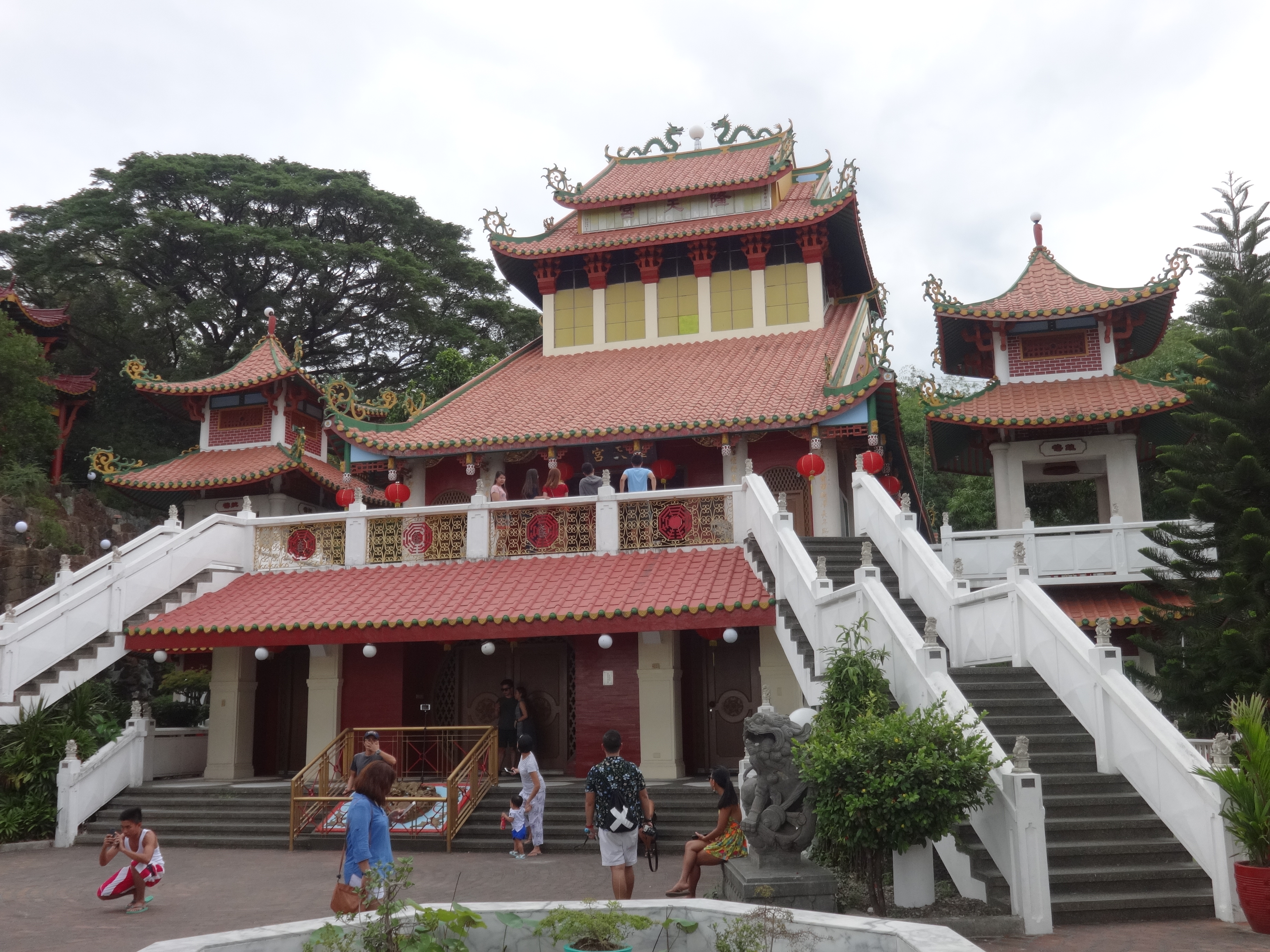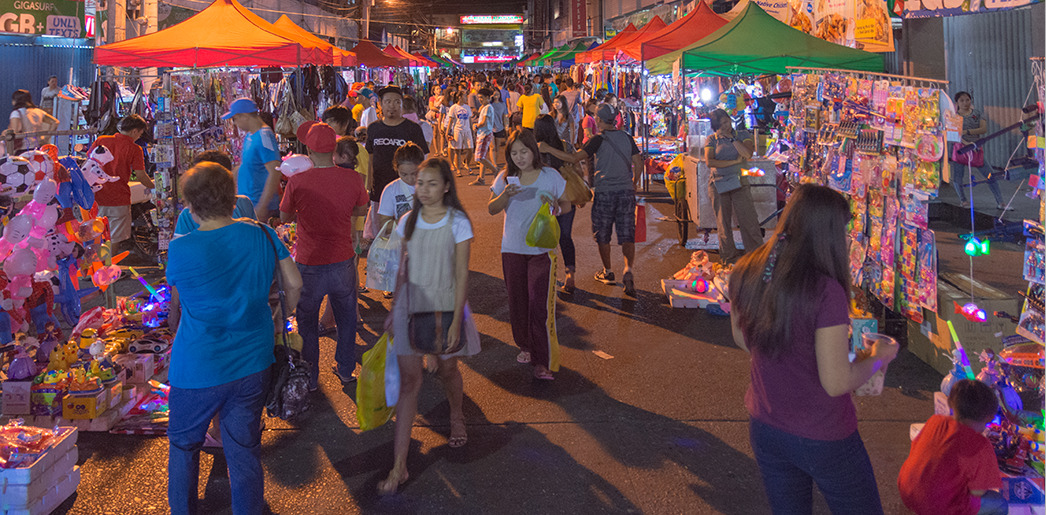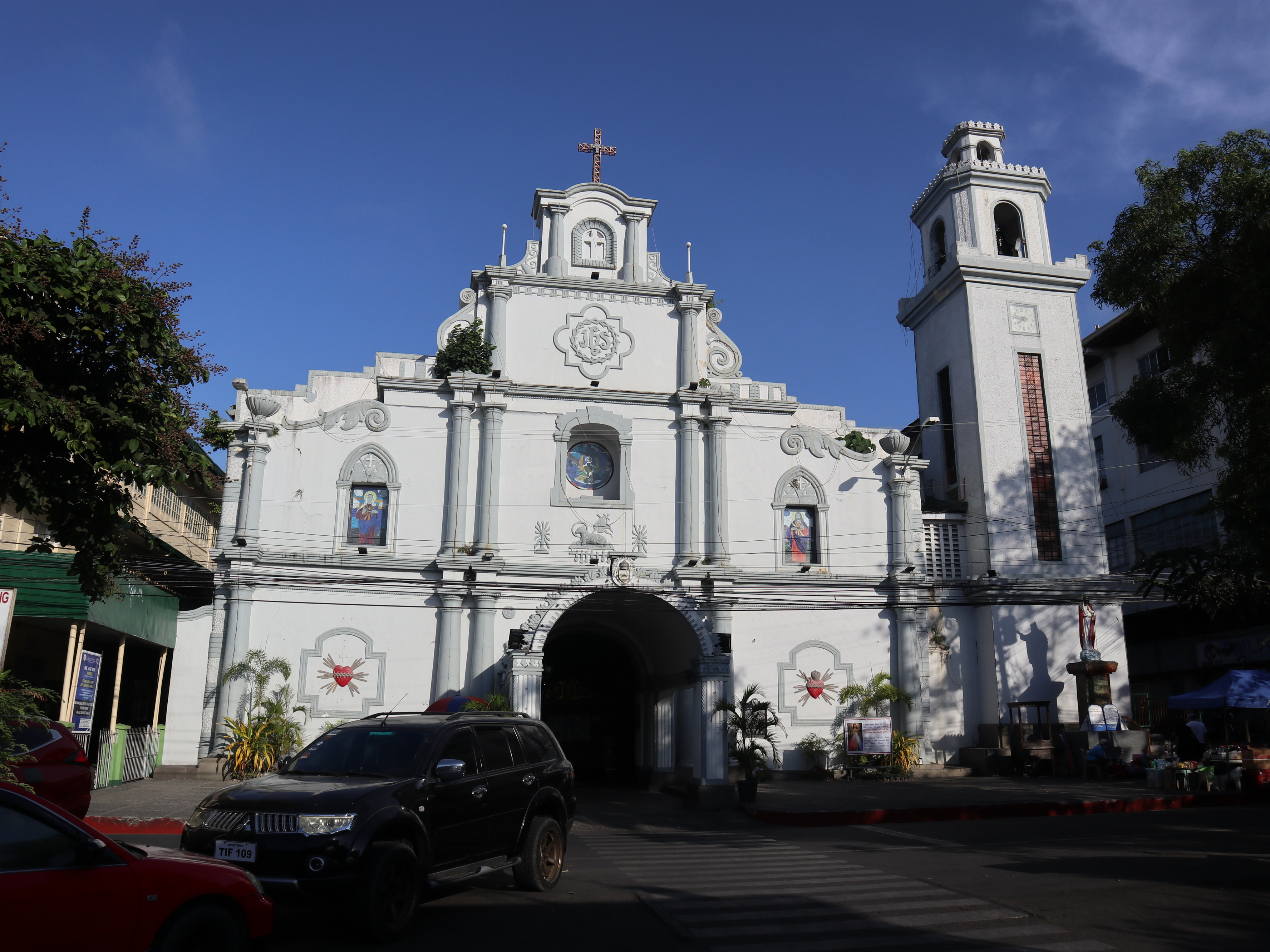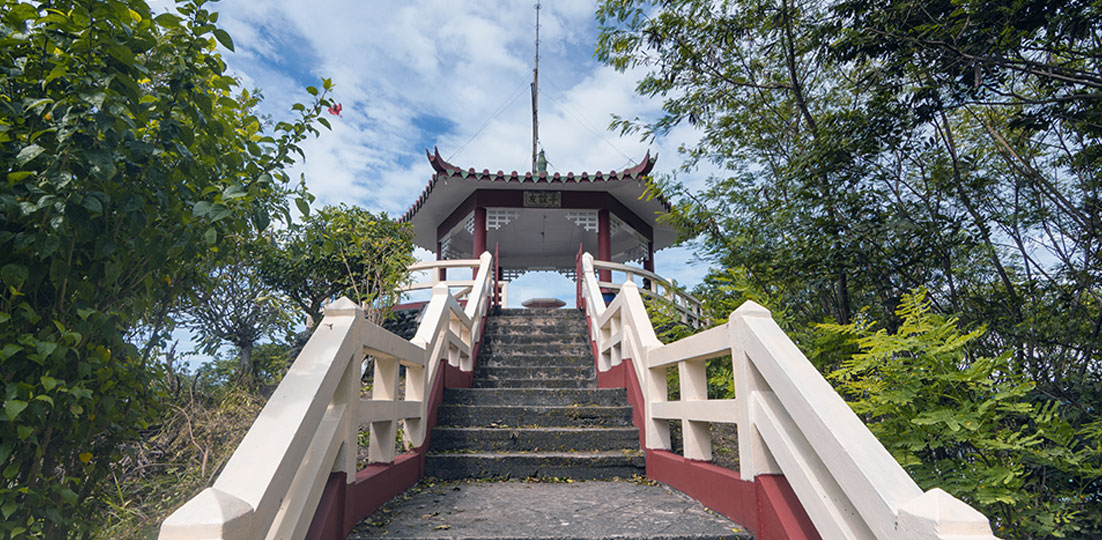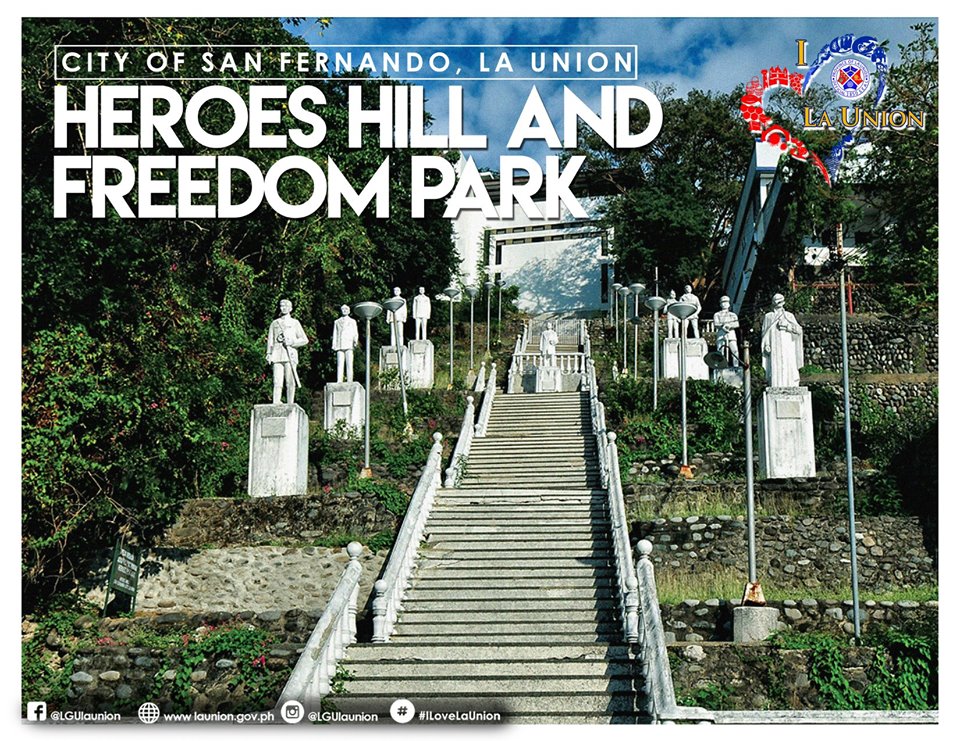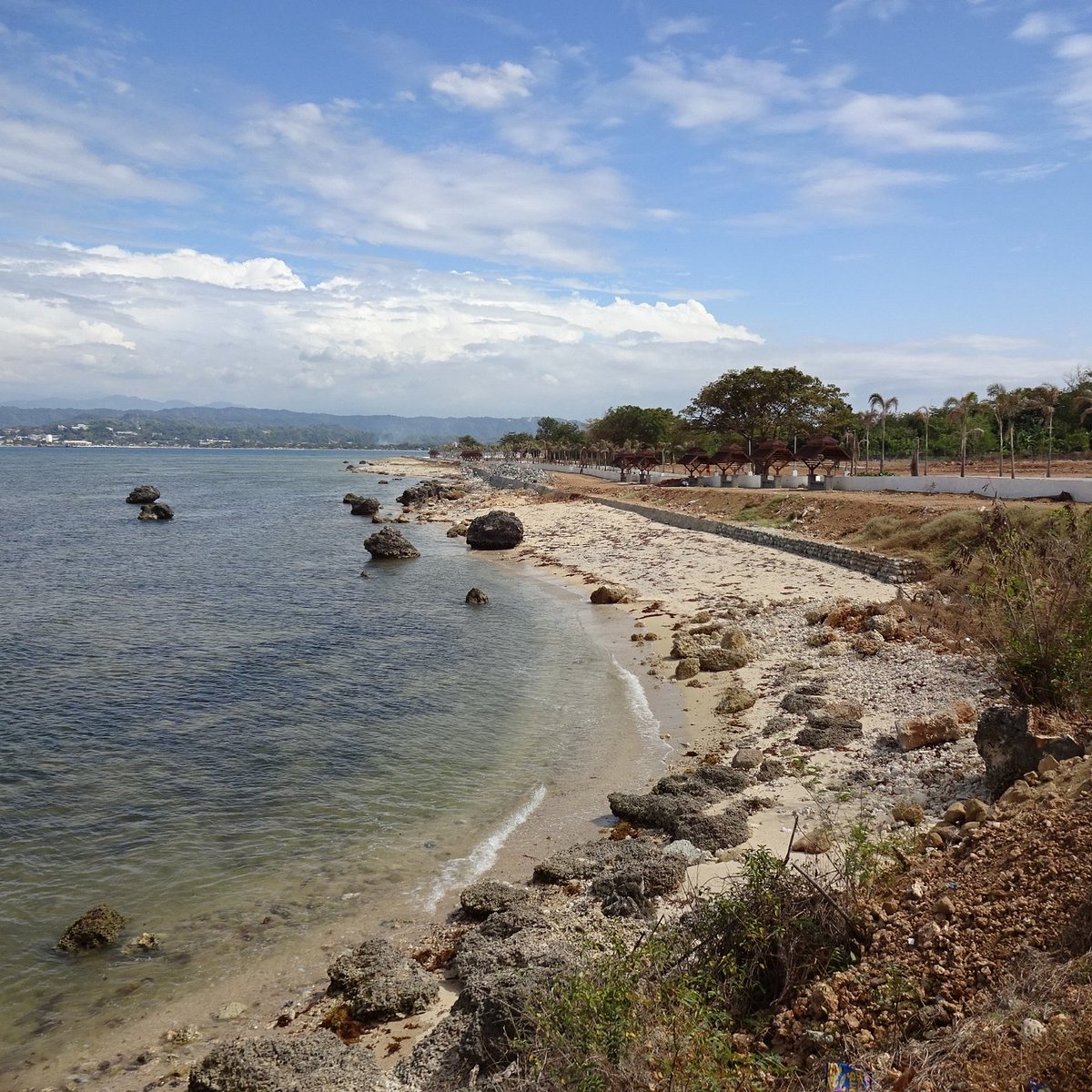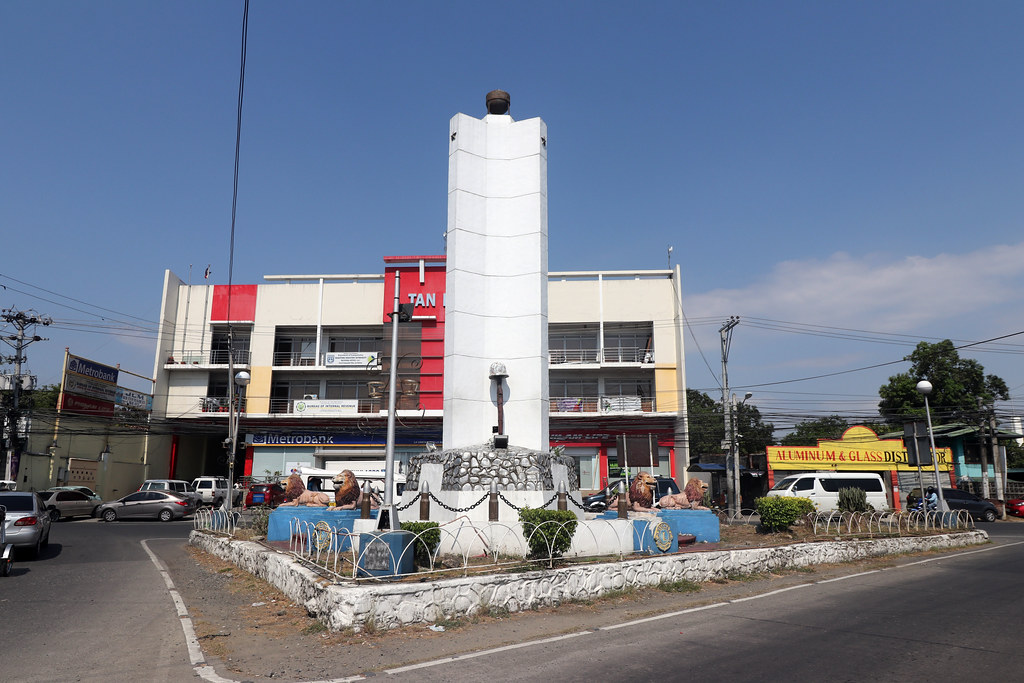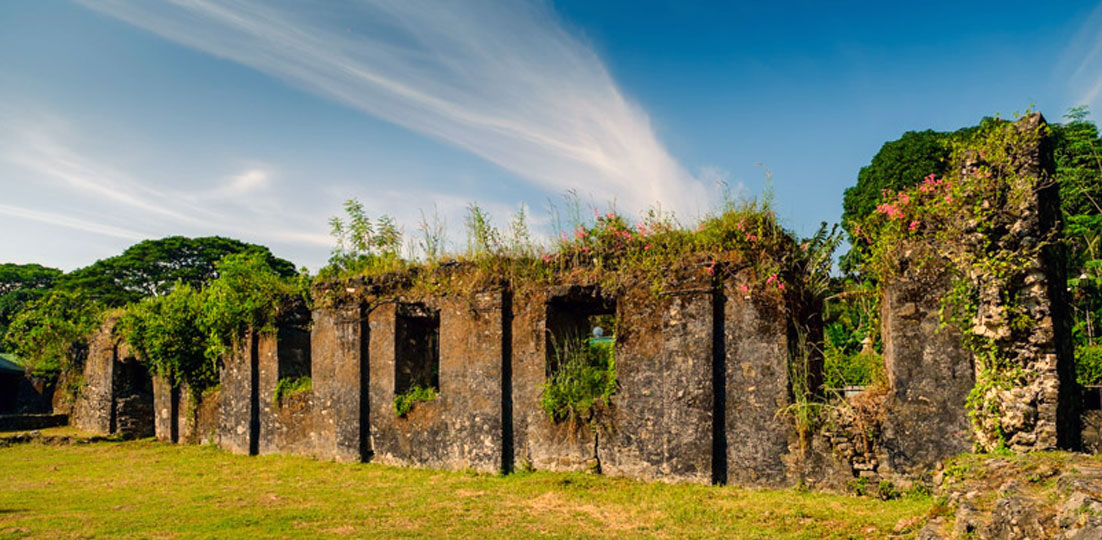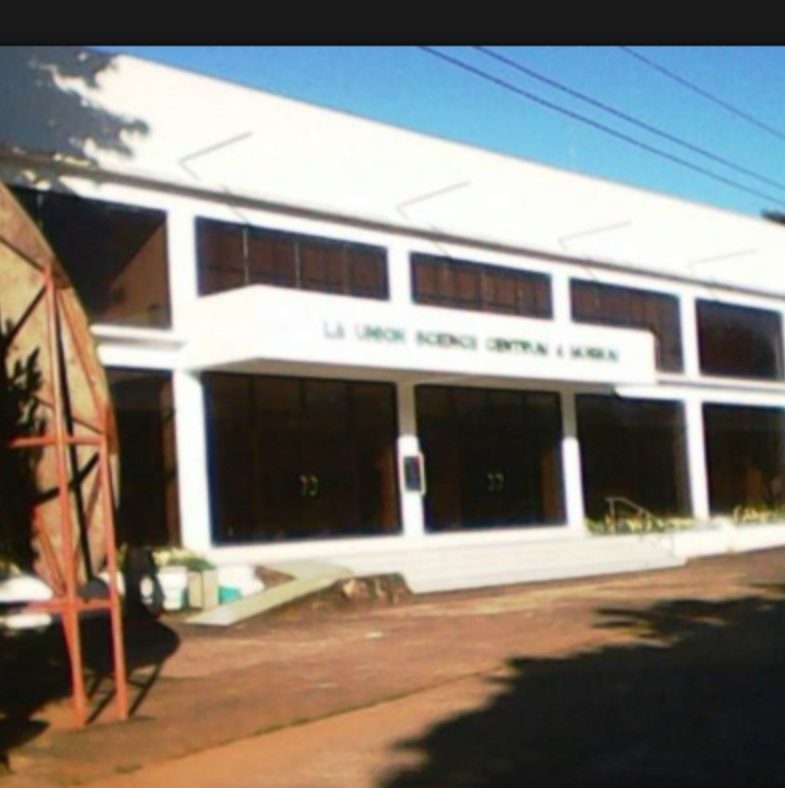Welcome to San Fernando City in La Union, and welcome to Anthro on Foot's walking tour! This is a
self-paced
walking tour that features key heritage sites and cultural highlights in the area. We hope you enjoy
this tour as
much as we enjoyed curating it!
The precolonial history of San Fernando in La Union is deeply rooted in the cultural heritage of
the indigenous peoples who have inhabited the region for centuries.
San Fernando was previously part of the southern coastal towns of La Union collectively known as
Agoo in pre-colonial times. It served as one of the early settlements for the "Samtoy" or the
"Ilocanos.” Samtoy is a shortened form derived from the Ilokano expression "sao mi ditoy," which
translates to "our language here." And the term Ilokano finds its roots in i-, signifying "from,"
and looc, denoting "cove or bay," consequently translating to "people of the bay."
Precolonial Ilocanos primarily engaged in agriculture, fishing, and pottery. Communities engaged in
the cultivation of crops such as rice, tobacco, onions, corn, root crops, and various fruits. Trade
networks existed, allowing for the exchange of goods and cultural practices with neighboring
communities.
According to anthropologist William Henry Scott, the northern section of La Union was a notable
trading hub, renowned for the exchange of Igorot gold and gold mines. This involved merchants, often
from Chinese, Japanese, Igorot, and Tagalog origins during the early settlement era. Goods such as
rice, cotton, gold, wax, iron, glass beads, silk (or abel), honey, ceramics, and stoneware jars
known as burnáy were actively traded during this period.
The arrival of the Spanish colonizers in the 16th century marked a significant turning point in the
history of San Fernando. The influences of colonial rule, changes in governance, and the
introduction of Christianity have shaped the modern cultural landscape of the area.
In June 1572, Juan de Salcedo's exploration of the area resulted in a skirmish with three Japanese
ships, revealing a settlement occupied by Japanese and Chinese merchants. Consequently, Agoo earned
the moniker El Puerto de Hapon, meaning Japanese Port. Agoo played a pivotal role in trade with
neighboring Southeast Asian countries but declined when the Spanish closed the Philippines to
foreign trade.

